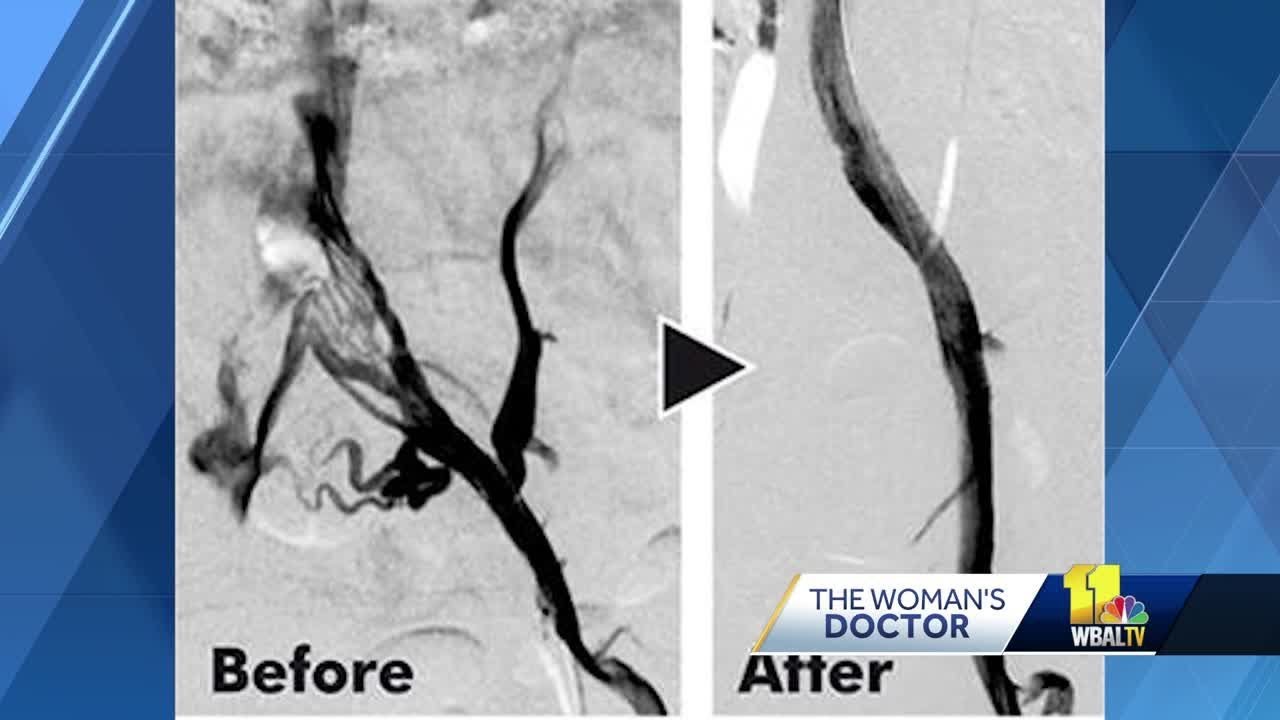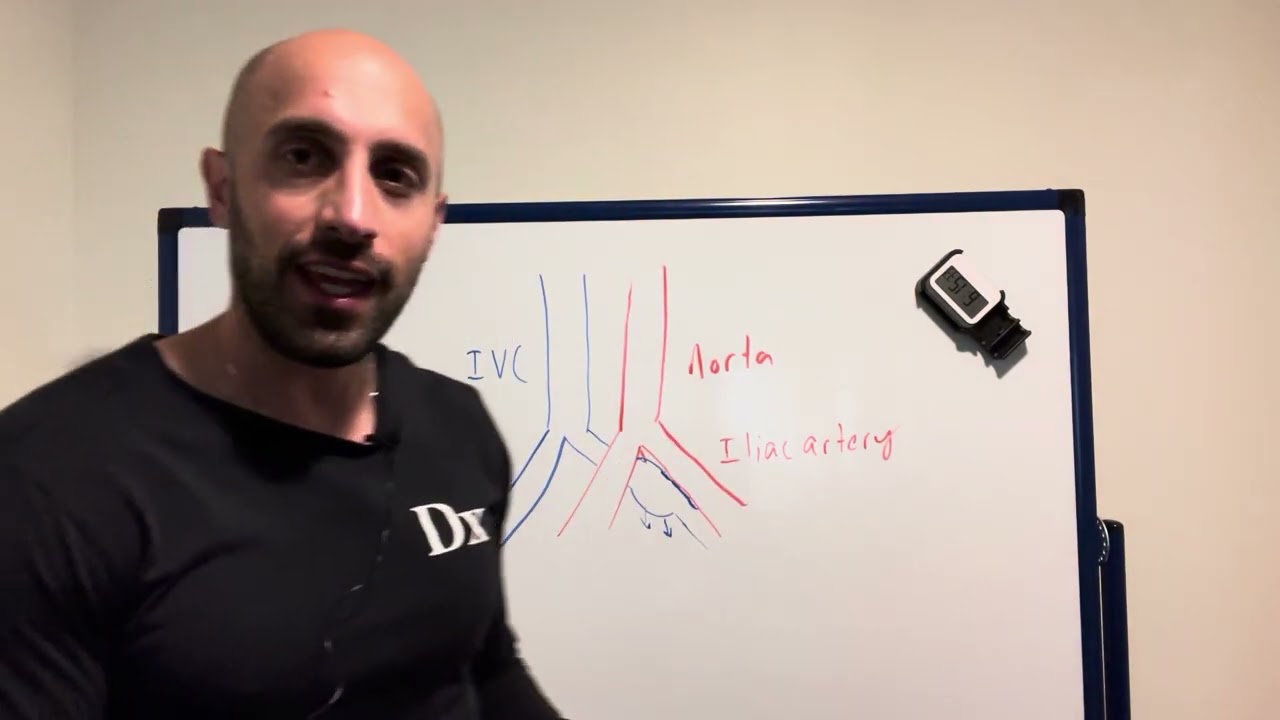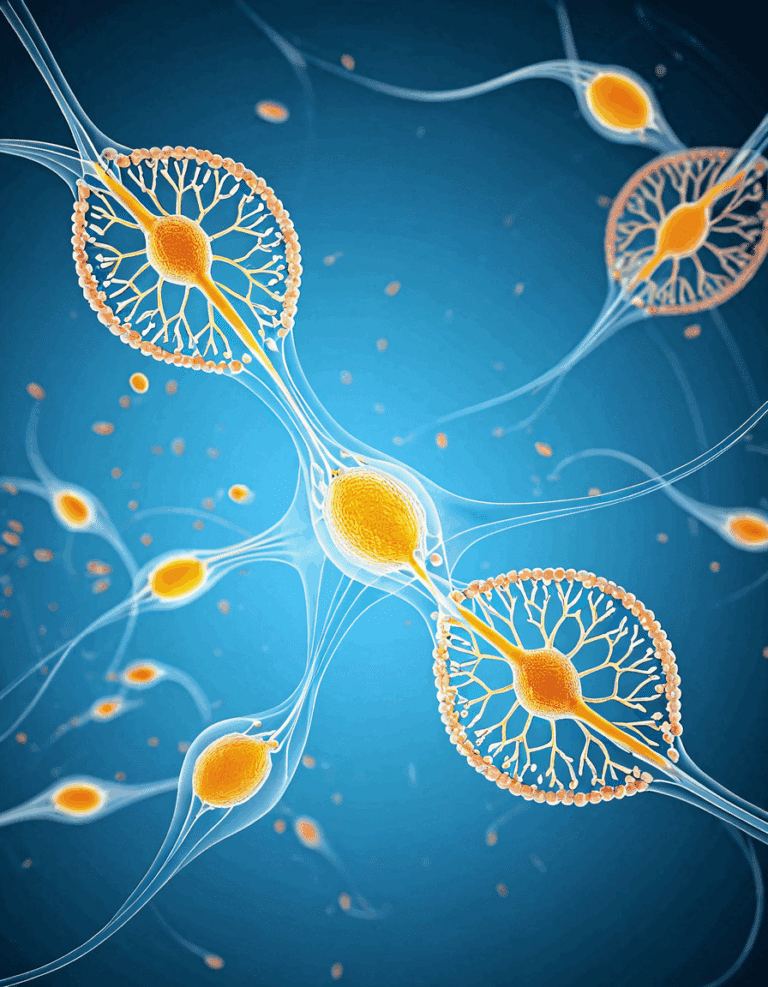Are you suffering from unexplained leg pain that just won’t quit? Maybe you’re dealing with that nagging discomfort every time you try to push yourself in the gym, or perhaps standing for long periods leaves you feeling drained and defeated. If this sounds like you, it might be time to consider May Thurner Syndrome (MTS). This vascular condition occurs when the left iliac vein gets squished by the overlying right iliac artery, leading to a range of painful symptoms that can really throw a wrench in your fitness goals. In this article, we’ll dive deep into what MTS is, how to recognize it, and why figuring it out could be a game-changer for your health.

Understanding May Thurner Syndrome and Its Impacts
May Thurner Syndrome can often feel like an invisible roadblock. Many people are out there training hard, pushing their limits, and looking to get shredded while battling constant pain, only to find out later that it’s linked to MTS. The pressure on the left iliac vein can not only cause chronic pain but might also lead to dangerous complications like deep vein thrombosis (DVT).
Recognizing May Thurner Syndrome is paramount, especially for fitness enthusiasts. Ignoring the signs can lead to more severe problems down the road, not to mention prevent you from hitting those personal records in the gym. When the blood flow to your legs gets obstructed, it might be time to take a step back and evaluate the issue at hand. Let’s get into some of the key symptoms to keep an eye on.

8 Key Symptoms of May Thurner Syndrome You Should Know

The Intersection of May Thurner Syndrome with Other Conditions
Now hold on, because MTS doesn’t just stand alone. This syndrome might be part of a larger mosaic of related conditions, making it essential to understand these intersections. Here are some syndromes that can complicate the picture for MTS patients:
1. Sturge-Weber Syndrome and Its Vasculature Links
Sturge-Weber Syndrome (SWS), a neurological condition, may share the stage with MTS due to overlapping vascular abnormalities. The complexities in the vascular structures between these two can often lead to tricky diagnoses. If you suspect MTS, consider discussing your symptoms with a vascular specialist who can assess both conditions in tandem.
2. Apert Syndrome: Genetic Considerations
People with Apert Syndrome might face more than just the usual challenges. Genetic factors can lead to various cardiovascular anomalies that could overlap with MTS symptoms. This link emphasizes the importance of understanding your genetic background when managing health conditions.
3. Goldenhar Syndrome and Vascular Development
Goldenhar Syndrome affects not just cranial development but potentially the vascular system too. Recognizing how these issues might co-occur can help provide a more rounded approach to treatment.
4. Capgras Syndrome and Psychological Dimensions
Did you know chronic physical conditions can affect your mind? Capgras Syndrome, where someone believes that a loved one has been replaced, might stem from the mental stress of living with MTS. It’s vital to not overlook the psychological aspect when tackling physical health.
5. Sandifer Syndrome and Gastrointestinal Symptoms
MTS can sometimes lead to digestive issues, and Sandifer Syndrome might appear on the radar. Gastrointestinal symptoms can be intertwined with vascular compression, so understanding the full scope opens avenues for more effective treatment.
6. Refeeding Syndrome: Nutritional Considerations
During pain management, there’s a risk of Refeeding Syndrome, especially for those with prior nutritional restrictions. It’s critical to focus on maintaining balanced nutrition for recovery when faced with MTS challenges.
7. Wolff-Parkinson-White Syndrome: The Cardiac Connection
If you’re managing MTS, be aware of potential connections to Wolff-Parkinson-White Syndrome, which affects heart rhythm. It highlights the interconnectedness of vascular health to overall well-being.
8. Noonan Syndrome and Vascular Anomalies
Lastly, Noonan Syndrome can create a web of health issues, including vascular problems that might exacerbate MTS. A multidisciplinary approach can help unravel these complexities for better management.
9. Red Man Syndrome: Complications from Treatments
Watch out for potential drug reactions like Red Man Syndrome while pursuing MTS treatment options. Understanding possible side effects can safeguard your treatment journey.
10. HELLP Syndrome: A Maternal Health Perspective
Women should also consider the implications of HELLP Syndrome during pregnancy, especially if MTS is involved. Consulting with healthcare professionals is crucial for optimal care during such times.

Moving Forward: Seeking Help for May Thurner Syndrome
If what you’ve read resonates with you, it’s vital to seek out vascular specialists. They’re equipped to offer comprehensive evaluations, often using imaging studies to confirm a diagnosis. Identifying MTS early on can drastically improve both your quality of life and your ability to recover in the gym.
Managing MTS often requires a solid teamwork approach. Besides vascular surgeons, bringing on board dietitians, mental health professionals, and supportive communities can be your best bet. Think about reaching out to online networks or local support groups. Sharing your experiences can help lighten the emotional load.
In this journey, awareness and support go hand in hand. As our understanding of May Thurner Syndrome deepens, it’s clear that addressing it multifactorially benefits overall health outcomes. So let’s take charge of our health, confronting challenges head-on! With the right tools and knowledge, you can ensure you’re not just surviving—but thriving.
Your body is a temple, and it deserves to function at its very best. Don’t let May Thurner Syndrome hold you back from achieving the results you’ve set your sights on. You’ve got this!

May Thurner Syndrome: Fun Trivia and Facts
What You Didn’t Know About May Thurner Syndrome
May Thurner Syndrome is not just a mouthful to say—it’s a medical condition that affects more people than you might think. Picture this: the left iliac vein is compressed by the right iliac artery, leading to a host of complications like leg pain and swelling. In fact, this condition accounts for a significant portion of cases involving venous obstruction. Similar to how Microdosing Mushrooms can alter perceptions, May Thurner Syndrome can deeply impact one’s daily life without prior warning.
A Bit of Insight into Symptoms and Solutions
People suffering from May Thurner Syndrome often mistake their leg pain for something more benign—feeling as if they’ve just pulled a muscle after a long day, much like carrying a heavy backpack With Wheels. Alas, that discomfort could point to bigger issues. Did you know that some individuals experience symptoms as mild as dull aches or as severe as blood clots? It’s a real rollercoaster. And while treatment options are plentiful, pinpointing the condition may require a keen eye, much like recognizing oral thrush Pictures to identify symptoms that often go overlooked.
The Uncommon Connections
There are intriguing connections between various health conditions that researchers are still exploring. For instance, May Thurner Syndrome can sometimes lead to complications resembling those found in empty Sella syndrome—a condition where the pituitary gland gets a bit squished. And if you thought John Gotti agnellos life seemed complicated, just wait until you hear how this syndrome can intertwine with lesser-known disorders. In the quest to diagnose and understand May Thurner Syndrome, sometimes medical professionals might have to let things sink in, just to come up with the right treatment plan. It’s a whirlwind of symptoms and potential treatments, and why not dive deep into research that informs us, especially about less known therapies like sulfamethoxazole Tmp DS?
So, whether you’re a curious bystander or someone directly affected, keep your eyes peeled for the signs and stories tied to May Thurner Syndrome. There’s a deeper narrative here that calls for awareness and understanding, just as the Neighbors 2 cast surprised audiences by showcasing different sides of friendship and conflict. Keeping informed can empower you against this silent struggle, and you might find yourself better equipped to handle life’s unexpected challenges.



























